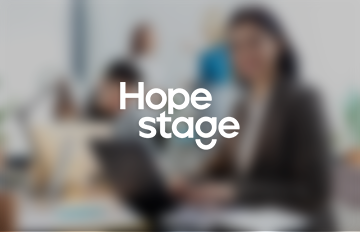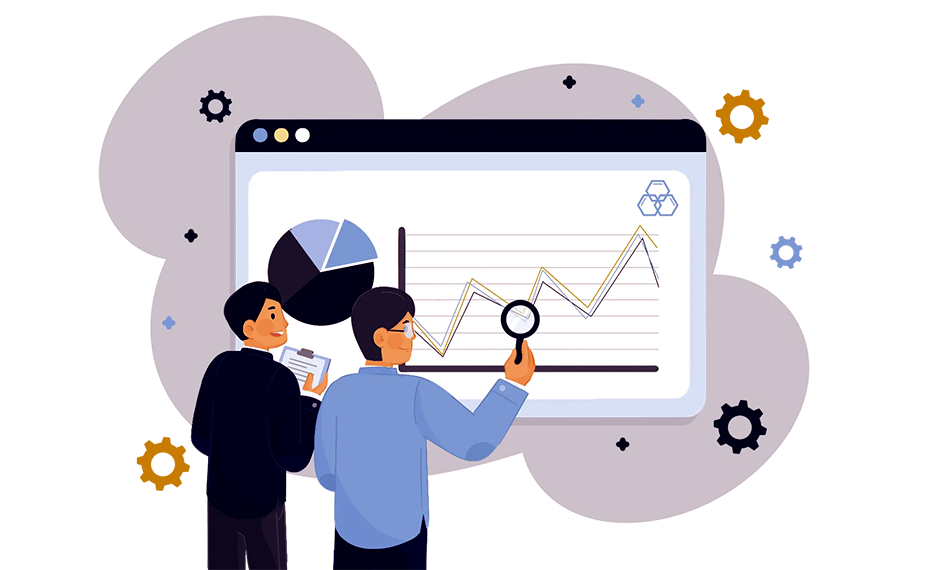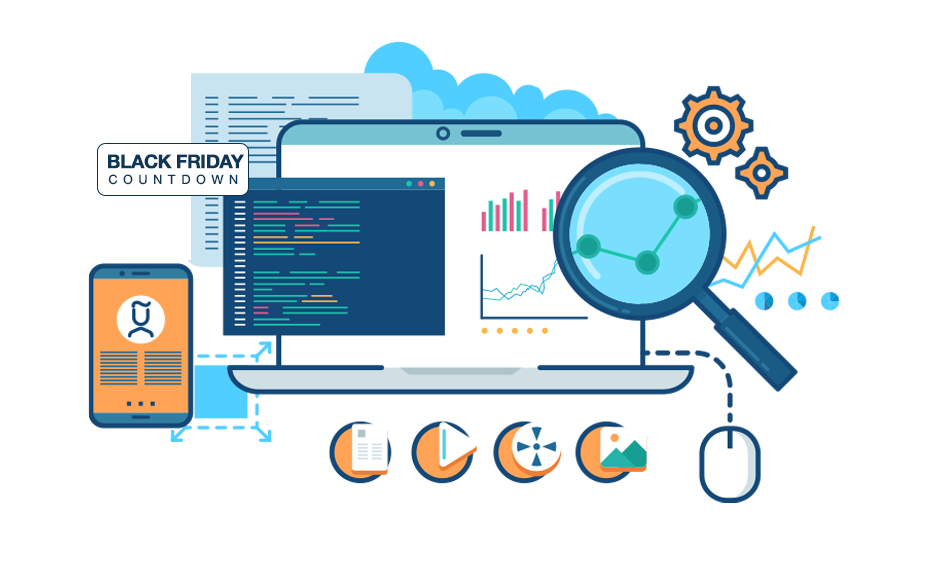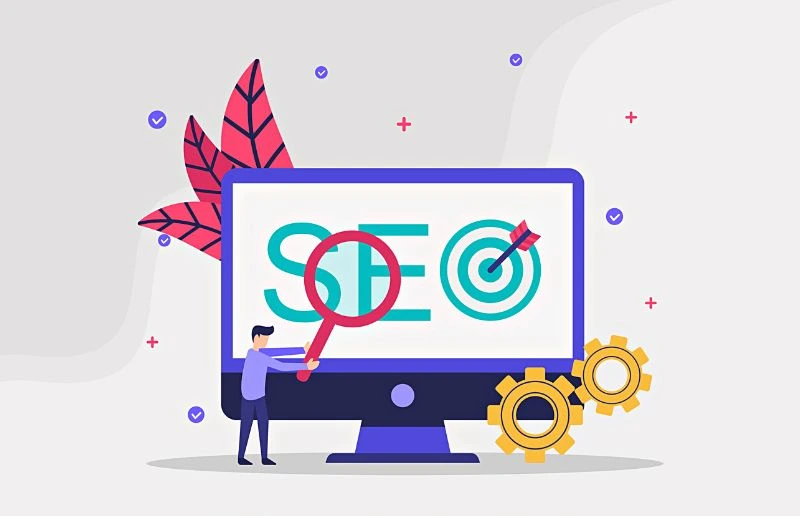TL;DR: Improving conversion rate is a crucial step for every business and website developer. To improve conversion rate, you need to conduct a conversion analysis to know the current performance and the areas of improvement. Conversion analysis helps you understand your business’s performance through the users’ actions on your website or app. This comprehensive guide will explain how to calculate the conversion rate and perform conversion analysis to improve your business’s performance.
Are your efforts to grow your business worth it or going in vain? Conversion rate analysis is the best way to understand it. Whether you are facing issues in understanding user behaviour or want to know the pattern of the user visits on your website, conversion analysis helps you know everything.
Conversion rates directly relate to the success of your business, and boosting them is a crucial step to growing your business. Conversion analysis provides you with insights into whether your user is completing or navigating the desired task on your website. These insights help you analyze how to improve the conversion rate for optimized sales and business growth.
In this detailed guide, we will delve into the aspects of conversion analysis and provide guidance on how to conduct it. We have also mentioned some of the best strategies that will help you boost your conversion rate and sales in 2025.
What are Conversions in Marketing?

Conversion in marketing means when a visitor on your website does an action that your business wants specifically and is related to sales. These actions can include purchasing, creating an account, signing up, subscribing, or submitting a form. Conversions indicate the effectiveness of your business strategy, as they show whether your strategy is working or not.
However, conversion analysis helps you understand whether the visitors are engaging and helping your business grow or not. Conversions are a major key performance indicator (KPI) that helps businesses improve revenues and analyze their performance. As you have understood the importance of conversion analysis, let’s explore it in detail.
What is Conversion Analysis?
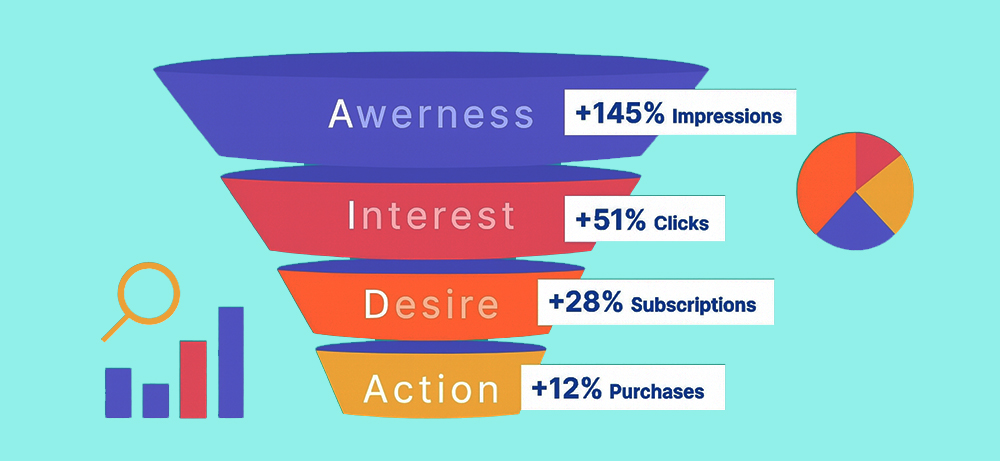
Conversion analysis is understanding your business’s performance through the users’ actions on your website or app. This analysis helps marketers and website developers to identify the specific areas for improvement in their digital strategy. They can identify the strengths and weaknesses of their strategy and the exact place or step where they have to make changes.
For example, through conversion analysis, you can navigate each and every action of your users and the exact place from where they have left the site. You can analyse the behaviour of multiple users on your site to find out the average data of conversions and clicks.
Another example is that suppose you find higher conversions on some browsers like Chrome, whereas low conversion rates on other browsers like Safari and Microsoft Edge. This can help you understand the areas of possible enhancements and the underlying reasons.
How to Calculate Conversion Rate?
As we have discussed above, conversion rates are vital for any business to analyse its performance. But it’s crucial to notice that a good conversion rate can differ for various business types. For example, conversion rates between 2 to 5% are average for businesses. But maybe this rate is good for service-type businesses and not good for e-commerce businesses.
Now you will be wondering how to measure conversion rate. Here is the conversion rate formula:
Conversion rate = (Conversions or goals achieved / Total visitors) * 100.

Let’s understand this formula on how to calculate the conversion rate with an example. Suppose you have to calculate the conversion rate of your online store. You have 15,000 visitors, out of which 900 have purchased from your store. So, your conversion is 900 purchase orders.
Here’s how to calculate the conversion rate with the formula:
Conversion rate = (900/15,000) * 100
Conversion rate = 6%
This means that your conversion rate is 6%; when 100 people visit your store, six of them usually buy something.
Steps to Conduct Conversion Analysis?
Your goal for conducting conversion analysis is to analyse user behaviour and the areas of improvement. There are several steps that you should follow in the proper order to improve your conversion rates. First, see how your user interacts with your site (user behaviour) and what makes them click to convert into conversions. Then define company goals, select a suitable testing method, collect data, and make informed optimizations using the data analytics.
1. Set Business Goals
For conversion analysis, first set your organization’s goals, as it will give direction to your strategy. Business goals act as a blueprint to use your data efficiently and determine the area of focus. So, first, set the conversion rate or goals of your business to know the particular amount of progress you need.
2. Choose the Right Testing Method
There are different methods of testing conversion analysis; you have to decide the right one according to your goal and needs.
First is usability testing, in which the data of real users is collected. Real people explore your website and check usability to encounter the issues on your website or application.
The second method is A/B testing, in which two versions of a page are shown to the user: version A and version B. This method is to check which version of a page is generating more conversions.
Another method is heatmap analysis, which shows the data of clicks, scrolls, and moves of the user, and what seems attractive to the user. This type of consumer data helps you to find areas of improvement in layout, content, and other factors that lead to making customers buy.
3. Gather and Analyze Conversion Data
After deciding on a suitable testing method for your site, you can collect data for analysis. For gathering data, you can also use a web scraping tool that helps you automatically extract data from your website. These types of tools are also helpful in accessing geo-restricted data and avoiding IP bans, facilitating seamless data collection. Remember, keep your data easy to understand. You should use visuals to effectively present the data.
4. Implement Strategic Changes
When you’re done with the analysis, it’s time to apply strategic improvements based on your analysis. These changes could include changes in design, layout, or marketing plans based on the user’s interactivity. These improvements will significantly enhance your site’s success and increase conversions, leading you closer to your business goals.
Strategies to Improve Your Conversion Rate

1. Unique Value Proposition should be in your above-the-fold section
Make sure to highlight your unique value proposition in the above-the-fold section of your site as the user first sees it when they open the site. Use this section to highlight only your unique value proposition and remove anything else that may divert the user’s focus.
Above-the-fold section should be utilized to highlight what sets your business apart, which can be supported with a catchy headline or attractive elements like a hero image, unique page layout, or animated components. Keep it attractive and unique so that your user must be compelled to click it and convert it into a sale.
2. Use compelling and clear calls to action
Impressing users with a USP is not just enough, but also keep your calls to action clear on the next stage. For example, the user will stick to your site seeing your compelling above-the-fold section. But then they will scroll down and see a dull CTA that is completely different from the rest of the page, and the user will not fulfill your CTA, such as ‘signup’ or ‘get started’
So, make your CTA design compelling and eye-catching so that it can grab the attention of your user.
3. Capture attention with standout visuals
No matter how attractive the fonts and headlines you have included on your page, they can’t be as impactful as images are. This is the human brain tendency that pictures and colors attract the human eye the most. The attractive hero image can do half of your work, but communicate more by elaborating about your product and services with eye-catching elements or images on your landing page.
4. Establish trust through social proof and testimonials
Use social proof to build trust in new users. The positive reviews and testimonials indicate the approval of your product and services. If you use them properly on the landing page, they can increase conversion rates by 34%. Positive testimonials and social proof encourage new users to click and make conversions. You can:
- Highlight testimonials and positive customer reviews on the landing page
- Present positive social media support and comments
- Highlight specific case studies that could resonate with new customers.
5. Improve page load speed to keep users engaged
The loading speed of the landing page is also an important factor, so that user engagement doesn’t get hurt. Mobile users are more likely to bounce if the page loads in more than 3 seconds.
Improve page load speed by minifying CSS and JavaScript files, optimizing and compressing web images, reducing HTTP requests, and leveraging browser caching.
6. Make your website design responsive for all devices
It’s the rule that when it comes to the responsiveness of your website, you have to make it seamless for every device, including mobile, laptop, tablet, and desktop. Optimize it for every user experience.
Now, the mobile-first design has great significance in the digital marketing world. So, ensure to provide a consistent user experience across all devices for more conversions.
Wrapping Up
Conversion rates are the ultimate goal of any business. Before attempting to increase conversion rates, it is vital to do a conversion analysis that can help you determine your areas of improvement and current website performance.
Apply the best strategies to improve your conversion rate, and it will cover every aspect related to conversion analysis. You can use these strategies according to the suitability of your business type and improve your conversion significantly.












